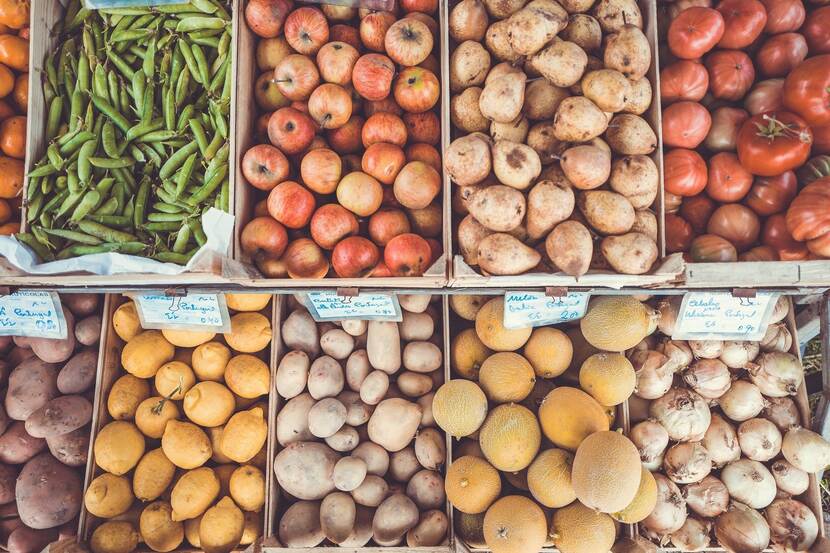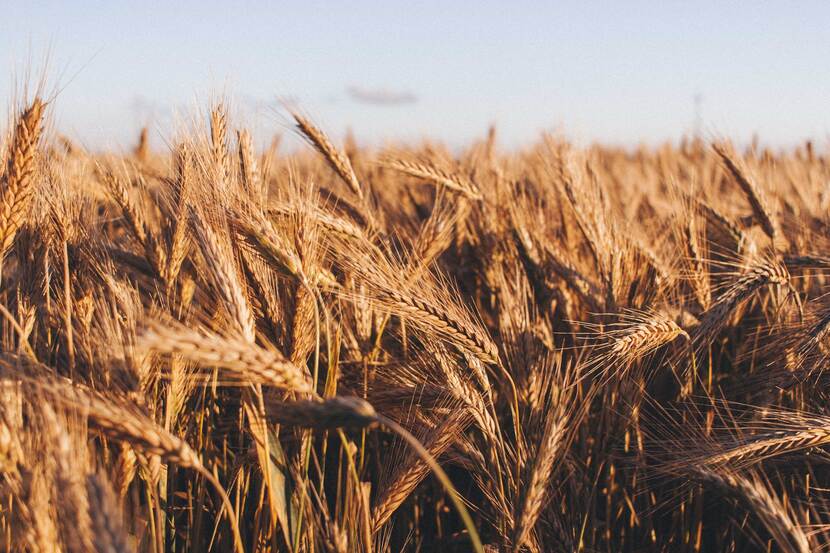Serbia: Exports as well as food prices, are on the rise
While agro exporters are doing well, consumers are feeling more and more the effects of the rising grocery prices, driven up by increasing input costs in the food industry.

At the opening of a dialogue on food industry systems, Serbian Minister of Agriculture Branislav Nedimovic said that Serbian food exports in the first six months of this year had been up by 13.9% relative to 2020, which was a record year. This provides Serbia with an additional assurance that there are markets to which the country can export all its agricultural product surpluses.
The government also faces the challenge of maintaining those exports, the Minister said. “When we look at the structure of that surplus, we also have reason for apprehension,” he added, noting that the situation was good for the time being due to record-high prices of field crops such as wheat and maize. “The challenges are big because we must maintain the exports and increase them constantly, but we can easily boost the value of food exports to $6 billion perhaps as early as next year,” he said.
For this reason, it is important to export not only primary agricultural products, but also semi-finished or finished products of the food industry, he said.
Contrary to general expectations at the time, large retail chains that have come to Serbia did not stifle the national agriculture industry in the first few years of their operation, he said. The expectations have changed in the past year and a half, with more and more farmers inquiring about doing business with retail chains and working to meet their standards. Serbian farmers see that option as a chance to sell their products at fixed prices as well as to market them abroad, since retail chains are, in fact, multinational companies, Minister Nedimovic explained.
On the other hand, food prices are constantly rising. Serbian consumers felt the increase in the price of pork, veal and poultry meat over the last two months. The same is recorded in the fruit and vegetable sector. Producers are justifying the price change with the increased input costs. Mineral fertilizers and animal feed, the respective prices of which were 15% and nearly 14% higher in Q2 this year compared to Q1, contributed the most to the rise in the prices of production materials, equipment, and services in the Serbian agriculture sector. Compared to 2020, animal feed prices went up by 29.8%, says the Statistical Office of the Republic of Serbia (RZS). Mineral fertilizers are now 19.1% more expensive compared to the 2020 average. Seed prices were unchanged compared to Q2 2020. RZS says that Q2 saw a total average rise of 6.9% in the price of production materials, equipment, and services in agriculture q-o-q.
On top of everything else, Serbian farmers had to manage changeable weather conditions, from frost and stormy days in the spring to droughts in the summer. Climate conditions influenced yields of many fruit and vegetable crops. Agrobiznis magazine Editor-in-chief, Mr. Djakovic commented to TV N1 that a period is coming in which food will be expensive.
Mr. Djakovic explained that this year’s drought meant lower field crop yields. Wheat yields were good which, according to him, is important since wheat is a major Serbian export commodity. According to him, Serbia does not have too much meat for export and noted that imports have also dropped. “Unless we invest in production we will have a situation when quality meat is exported while we eat low quality imported meat,” stated Mr. Djakovic.
“The state needs to support farmers and farmers have to unite and follow the market developments. Farmers cannot just demand state interventions only when prices of their commodities drop or when they have to enter a new market.” Mr. Djakovic also warned that the minimum wage would not cover the cost of the average consumer basket which means that consumers will not be able to pay high prices for meat, adding that purchase prices should be amended to give farmers a bigger share of the profits because they take all the risk.
***
Get the full picture.
The Budapest-Belgrade team brings you curated newsflashes every Friday afternoon. These are quick, digestible, to-the-point briefings about all the latest developments in the Serbian and Hungarian agro sectors.
Today we bring you:

In the latest Hungary Newsflash, you can read about EU subsidy news, the future of farming in the face of climate change, a new irrigation infrastructure boost, a tick invasion and the dangers it poses, and a new tech for aquatic ecosystem-mapping

In this week’s Serbia Newsflash, you can find out more about a new agro census, land ownership problems around cooperatives’ lands being bogged down in a legal gridlock, sad news about berry harvest, how the cereal prices are soaring, a recent green protest in Belgrade, and the confirmation of a favorable credit rating for Serbia.